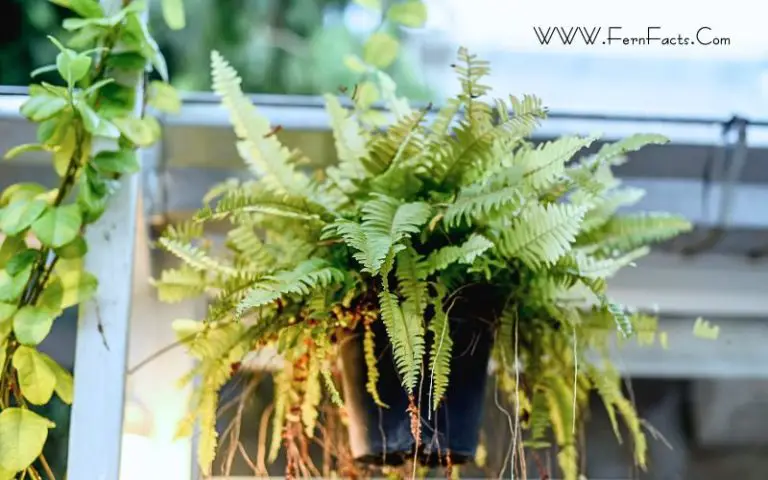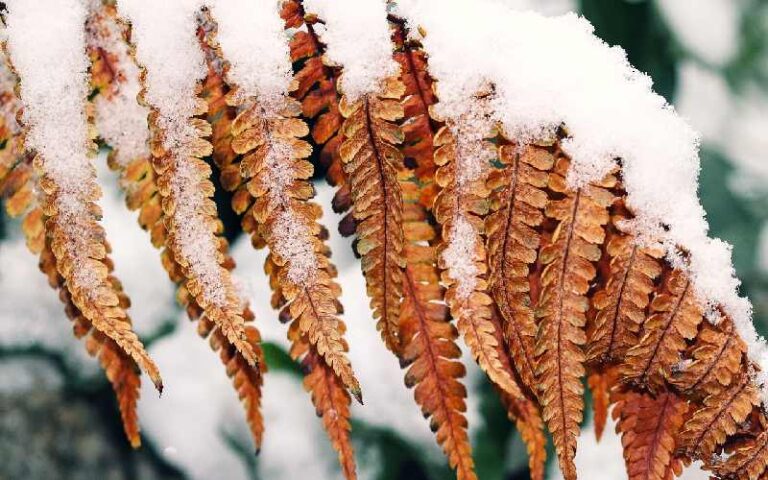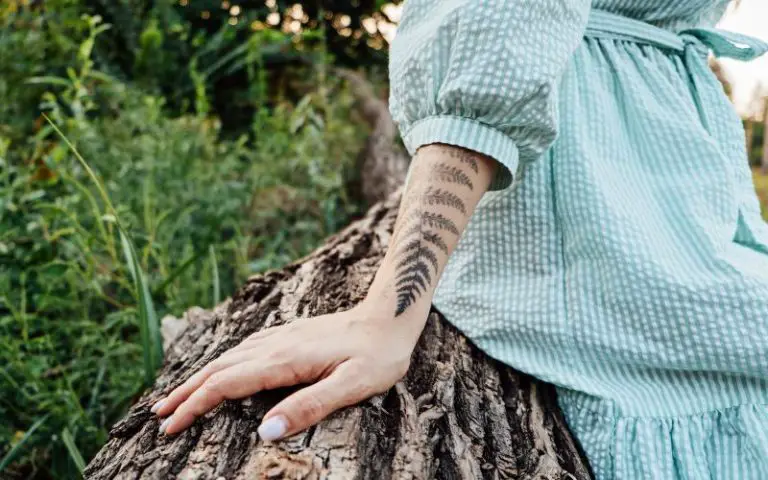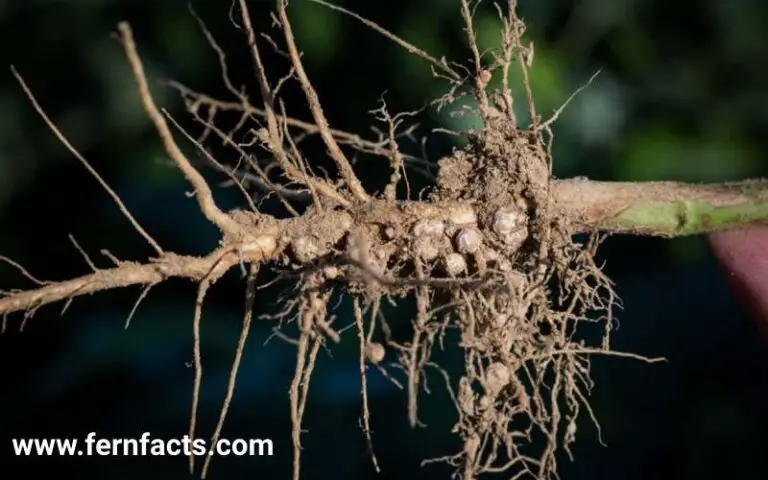How to Grow and Care Leatherleaf Fern (Rumohra Adiantiformis)
Leatherleaf ferns are evergreen South hemisphere ferns that are utilized for land decor purposes by gardeners and plant enthusiasts.
These plants are also easy-growing ferns which give a dark glossy greenery appearance in the garden. If you are a beginner-level gardener, then you can grow these Leatherleaf ferns at home without any second thought in your mind. Additionally,
I’ll clear all your confusion regarding these Leatherleaf ferns by giving an overall idea and characteristics of these ferns.
Consequently, I’ll provide you with chunks of guidance regarding how to grow and plant these ferns in the house along with troubleshooting tips for all the problems these ferns have.
So, let’s begin with an overview of these Leatherleaf ferns.
Overview of Leatherleaf Ferns
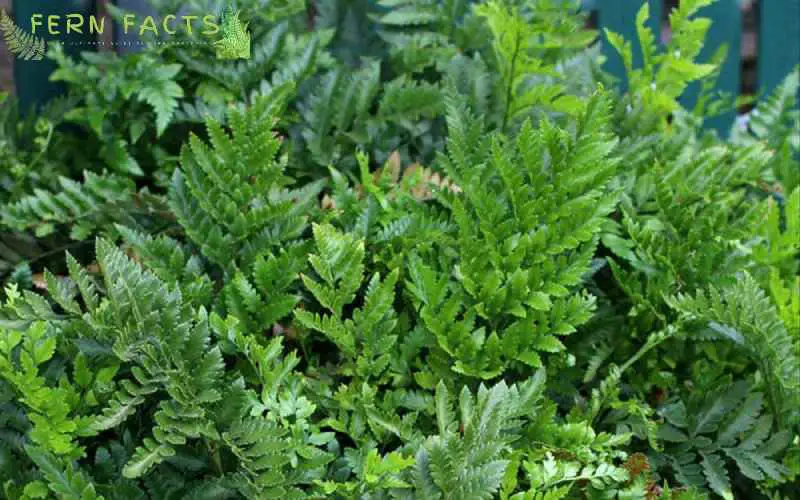
- Botanical name: Rumohra adiantiformis
- Common names: leather ferns, leatherleaf ferns, 7 weeks ferns, climbing shield ferns, iron ferns
- Plants: evergreen
- Family: Dryopteridaceae
- Native range: Southern hemispheres
- Shade requirements: partial to full shade
- Height: around 1 to 3 ft
- Width: around 4 to 5 ft
- Flower: non-flower
- Soil: acidic, neutral pH, well-draining
- Special features: low maintenance
- Hardiness zone: USDA 8,9,10,11
- Tolerance: Deer tolerance
Leatherleaf ferns are evergreen plants that belong to the wood fern family Dryopteridaceae. These ferns have bushy tufted glossy dark green fronds.
These ferns are native to many tropical southern hemispheres like Northern California, Brazil, Colombia, South Africa, the western Indian Ocean, and even more.
All About Leatherleaf Ferns
Leatherleaf ferns are typical Southern Hemisphere plants that are mostly native to those Southern areas.
These ferns mostly have dark green glossy fronds, which have a bushy tufted appearance in their mature seasons.
Usually, these ferns can grow up to 90 cm or 30 inches tall and 4 to 5 ft in width. These plants are one of famous plants for indoor and outdoor decoration because of their glossy, leathery shine, which portrays the garden’s mesmerizing view.
Similarly, these Leatherleaf ferns are best for your ground cover, woodland gardens, or any shade gardens. You can easily grow and plant these ferns as they are very low-maintenance ferns.
Moreover, these ferns are deer-resistant and also give you a shady garden look.
Leatherleaf Ferns Care and Maintenance Tips
Every plant needs appropriate light, water, soil, fertilizer, pruning, and grooming systems to grow and thrive.
Similarly, propagating and troubleshooting pests and diseases. All these below-mentioned tips will assist you in having your own Leatherleaf ferns at your house.
Light
Leatherleaf ferns are fond of bright places under dappled or indirect sunlight. That’s why try to put your ferns in places where they can get indirect sunlight to thrive.
Direct rays of the sun may scorch their fronds or may burn out their leaves. Thus, provide them a partial shade along with a partial sunlight room.
You can place your ferns beside the window or balcony, where they can get indirect sunlight and brightness.
Water
Watering is another technique that helps plants grow. Eventually, good watering can nourish your plants’ growth. Conversely, poor watering techniques can kill your plants.
Therefore, you need to give the appropriate amount of water to your plants. Try to keep their soil moist as they prefer moisture and dampness in their soil.
Moreover, they don’t tolerate standing water or waterlogged soil. Hence, try to check before you are about to pour water.
Similarly, try to avoid excessive dry soil. You can water these Leatherleaf ferns weekly one time. You can increase the watering level during extreme heat wave seasons.
Soil
Leatherleaf ferns prefer soil with rich organic matter. Therefore, you can mix their soil with equal amounts or the same ratio of peat moss, perlite, and vermiculite.
Fertilizer
Fertilizer will boost your plant’s growth by adding nutrients and nourishments. Try to feed your Leatherleaf ferns during their growth seasons.
For that reason, you have to use the fertilizer NPK ratio of 10:10:10 or 20:20:20. Try to keep the NPK (nitrogen: phosphorus: potassium) ratio equal as they require the balance portion of all the essentials.
You can feed them in two to three weeks during their growing seasons. Reduce the fertilizer during the winter seasons as they don’t need much nutrients at that time.
Temperature and humidity
These Leatherleaf ferns prefer temperatures between 60 to 70°F or 15 to 24°C. Try not to give them temperatures below 50°F or above 85°F because they will not tolerate those temperatures.
Similarly, these ferns crave high humidity in the atmosphere. That’s why you need to balance the moisture and try to give them a damp environment.
If the atmosphere is too dry, it will lead their fronds to be dry crispy, or yellow. If you live in a hot country, then you can place a humidifier near your Leatherleaf ferns.
Alternatively, you can also put a water tray with pebbles on it, which will allow the water to evaporate.
Pruning
As these ferns are low maintenance that’s why they will not require much maintenance. However, you can still prune their dead, damaged, and scorched fronds to improve their overall appearance.
You can use sharp scissors or pruning tools to remove those unhealthy fronds. But make sure before using those tools, you sterilize them first and don’t cut any new ingrown fronds; this will affect their growth.
Cleaning
These Leatherleaf ferns sometimes attract dust and dross which can reduce their greeny foliage appearance. That’s why you need to clean those fronds to keep their fresh dark green look.
You can use any damp cloth sponge to wipe the fronds off. Alternatively, you can wash or spray the fronds with water.
How to Do Repotting and Replanting
To save your plants from root-bound situations, you need to observe them thoroughly. If you notice the roots have become root-bound or the roots are already coming out from the pot, that means your fern needs repotting as they have grown up eventually.
Therefore, you have to report your Leatherleaf ferns every 2 to 3 years. Meanwhile, try to choose a container 2 inches bigger than the previous one.
Then, fill the container with new soil mix like organic compost, peat moss, vehicular, etc. Then repot your ferns in the new container.
Make sure you have gathered all roots and placed them inside the container equally. After replanting or repotting the fern, water your Leatherleaf ferns thoroughly.
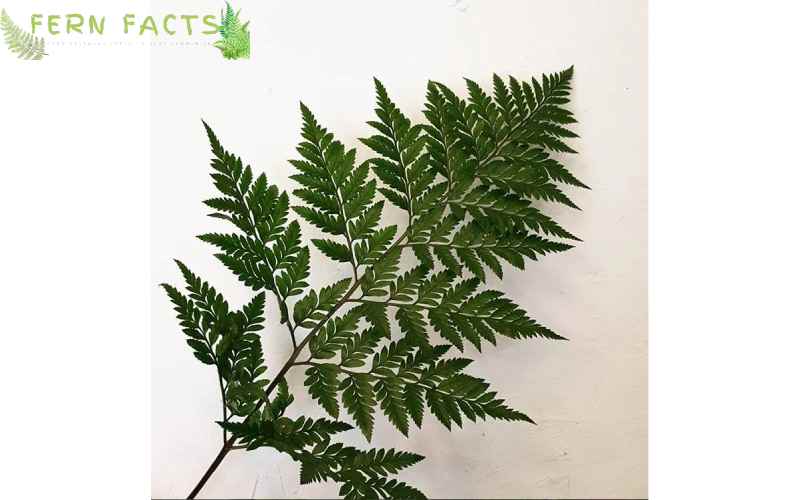
How to Do Propagation of Leatherleaf Ferns
Well, leatherleaf ferns can be propagated in two ways. One way is by spores collection and another way is by root division.
Spores Collection
To collect spores you need to choose any mature plants which have spores on the beneath of the fronds. Use any white paper to collect the spores from the fronds.
Then mix the soil with rich fertilizer and sow the spores in the soil. Try to keep the pot in warm and humid places so that the spores can grow within their ideal conditions.
Try to keep the soil moist and damp so that the spores get hydration from the soil.
Meanwhile, you will spot a green structure coming through from the soil surface of the ground which indicates that spores are being germinated successfully.
Wait for a couple of weeks to grow the ferns a little longer, then you may plant them in another container by following the same steps.
Root Division
To propagate Leatherleaf ferns from the roots, first, you need to carefully take the plant out of the pot.
Then, separate the main roots into smaller sections and make sure each part has the same sort of roots.
Later on, mix their soil with peat moss, perlite, and vermiculite in equal amounts and plant the individual sections into different pots or containers.
After completing the propagation, water your plants thoroughly so that they can get enough hydration and moisture.
Pests and Diseases
Although they are generally pests and disease-resistant plants, your plants might be affected under certain circumstances.
Pests Problems
The most common pests are spider mites, mealybugs, and scales insects which usually attack Leatherleaf ferns.
If you observe those pests around your ferns, try to use gentle pesticides or insecticidal soap which will not be too harsh towards your plants.
Alternatively, you can use organic ways to control those pest issues like horticultural oils. Apply those pesticides underneath the fronds to get rid of those bugs and insect attacks.
Diseases
One of the common diseases affecting Leatherleaf ferns is fungal diseases. This fungal disease happens due to root rots.
Usually, plant roots get rotten if you overwater them or if their soil is overall soaked. Thus, their roots become mushy and soggy, and gradually it’s start to rot.
To prevent root rots, you need to balance the water techniques. Don’t let your plants get too wet or overly soaked in water because they can’t tolerate standing water.
Similarly, try to use well-drained soil so that it can drain out the excessive water without making the soil too dry or too sloppy.
- Read More About How to Care for and Grow Blue Oil Ferns.
Wrap Up
On an endnote, Leatherleaf ferns are low-maintenance ferns that are usually utilized for home decor purposes both indoors and outdoors.
By growing these Leatherleaf ferns within their ideal conditions, such as light, water, soil, fertilizer, temperature, and humidity, you can give them a place to thrive.
Similarly, with a little bit of care and maintenance, you can easily troubleshoot all the problems of these ferns and give them wildlife.



